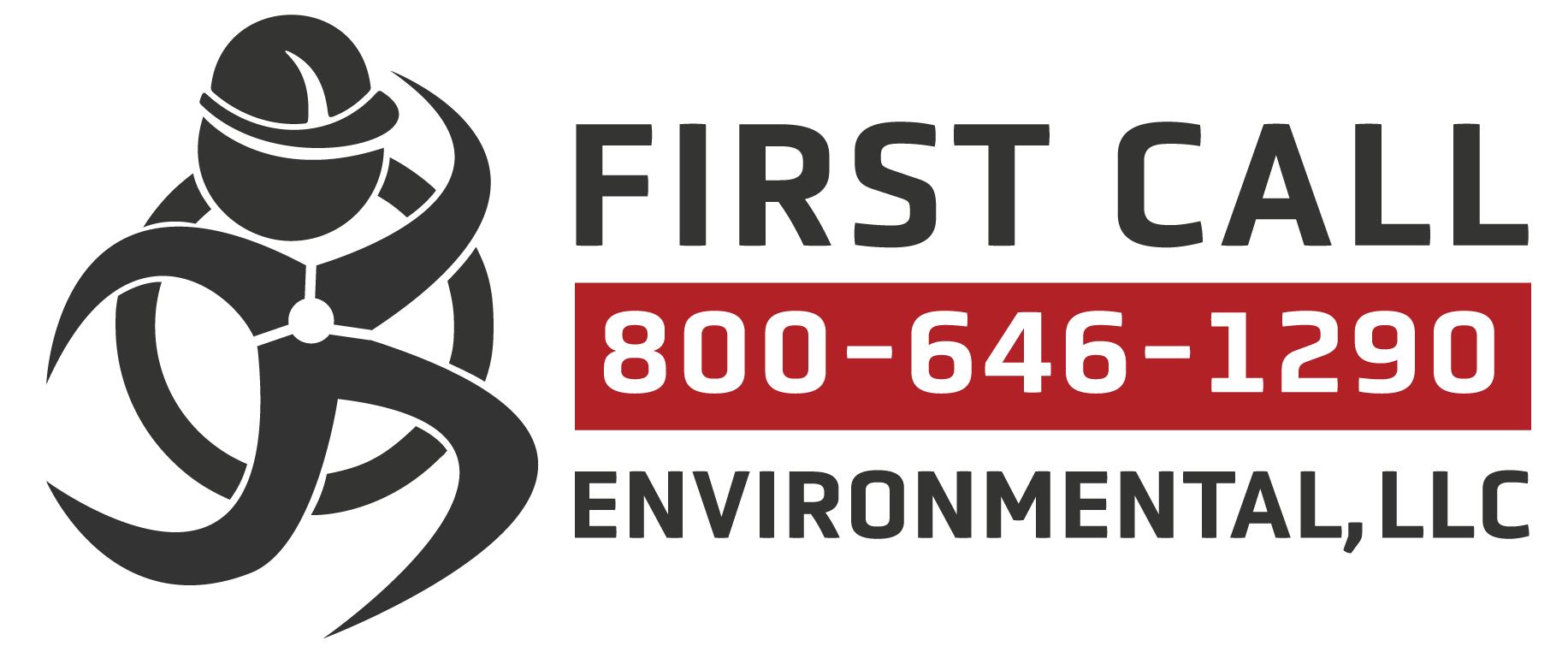Eight best practices for getting the most out of your minimum-wage workers
- Deliver Effective Training
- Promote a Fun Work Environment
- Offer Real Opportunities for Advancement
- Communicate Frequently
- Make Them Feel like Key Players
- Offer Public Recognition—and Private Coaching
- Give Out Tangible Rewards
- Show Employees a Little Flexibility
1. Deliver Effective Training
Make sure your low-wage employees are getting the best, most consistent, and most effective training possible. Too often this is not the case. Research conducted by the Center for Research and Public Policy (CRPP) found 41% of light industrial workers report getting frequent coaching from co-worker peers. In fact, 53% report learning at least half of their current job duties directly from their co-workers, not managers or official training.
Don’t rely on harried supervisors or low-wage peers to bear the brunt of training. How confident can we be that co-workers, often with little experience themselves, are providing accurate coaching? Even worse, photocopied training manuals and hour-long training videos don’t hold the attention of new hires, and they don’t stand a chance at answering questions.
Consider computer-based training via kiosk laptop or desktop in the office or breakroom. Computer-based systems can present tailored short-burst, job-specific skills training, as well as workplace safety and HR-directed modules, in a highly engaging, interactive medium. Embedded learning plans based on roles help get new hires on the floor being productive very quickly. Effectively training your new employees before assigning them vital tasks will give them confidence, improving their job satisfaction and ultimately reducing turnover.
2. Promote a Fun Work Environment
Foster happy employees with an upbeat, enjoyable workplace in which your staff works hard but still has a good time. A positive, enjoyable work environment helps motivate team members and influences them to focus on excellence, which translates to a better customer experience. And since a good customer experience helps lead to repeat business, your bottom line improves as well.
3. Offer Real Opportunities for Advancement
Low-wage workers are better engaged and more likely to perform at a high level when they see real avenues for advancement. Contrary to popular belief, light industrial workers aren’t short-timers looking to escape. CRPP research found that 74% of workers seek advancement at their current employer.
Connect the dots for team members between the jobs they currently have and team leader, supervisory, or even management opportunities within the company. Encourage them to continue their education. Career paths within your operation should be clear, attainable by your frontline workers, and list necessary experience, skill sets, and other important qualities. Making examples of outstanding team members through promotion within the company will inspire all employees to work toward their own advancement.
4. Communicate Frequently
Nothing discourages frontline workers more than being kept in the dark, especially when changes might be forthcoming. Communicate regularly with each team member, both individually and in small groups. Institute daily shift huddles to talk about operational goals, share news, discuss business developments, and keep them apprised of imminent changes. Remember the “fun workplace” tip above and implement frequent, friendly communication forums so workers feel valued and will willingly share their own insights, concerns, and ideas with you.
5. Make Them Feel like Key Players
When low-wage workers are kept at arm’s length, they think of themselves as providing little direct value to the company, and subsequently they treat their duties as just another job. In fact, the opposite is true, as in many cases these workers are the face of the company in the eyes of most consumers.
Upgrade minimum-wage employee attitudes by treating them as part of something bigger and more important—even special. Try to instill a feeling that they are part of an exceptional group working for an exceptional operation. Remind them frequently about what makes your business special and about their important role in making and keeping it special. Treat them like key contributors they are to the company’s future success.
6. Offer Public Recognition—and Private Coaching
Praise employees frequently in front of their peers. Make it part of the enjoyable workplace culture by spreading the praise openly. Don’t assume team members realize that you appreciate their hard work. Say it. Often. Such public recognition can really boost an employee’s desire to master the job and become a leader. Make a particular effort to find positives to praise in every team member; your encouragement might turn a mediocre worker into a star. And remember, it’s just as important to correct errors in private. Everyone makes mistakes, and workers will appreciate not being humiliated in front of others.
7. Give Out Tangible Rewards
Recognize outstanding employees by giving them inexpensive rewards such as “champion” buttons or badges, certificates, and posted “employee of the month (or week)” posters in break areas or the company website or social media. Reserve a special parking space for outstanding employees and let awardees park there for the duration of their recognition. A little inspired competition will induce recognized team members to keep up the good work while encouraging their teammates to step it up.
8. Show Employees a Little Flexibility
Motivate low-wage workers by giving them limited autonomy in scheduling. If a particular team member consistently expresses the desire for a certain shift off, try to accommodate that request as much as possible. Allow team members to choose their specific duties within reason. By giving employees the opportunity to make choices, you demonstrate that you really do appreciate them as key contributors and that you value their own job perceptions and decision-making skills.
With these and similar no-cost or minimal-cost efforts, employers can motivate minimum-wage workers and drive their improved performance straight to the bottom line.

